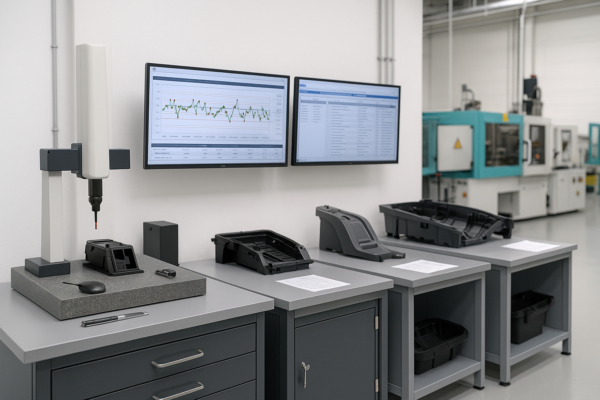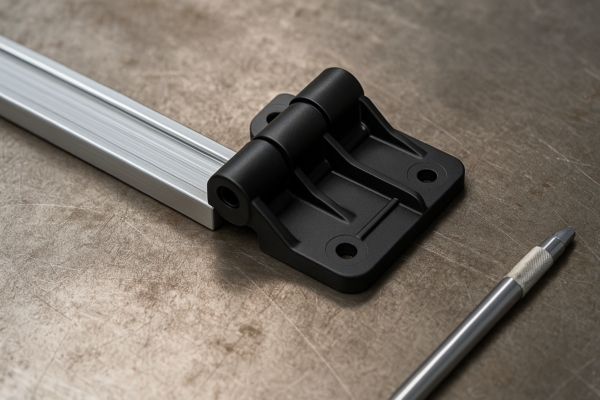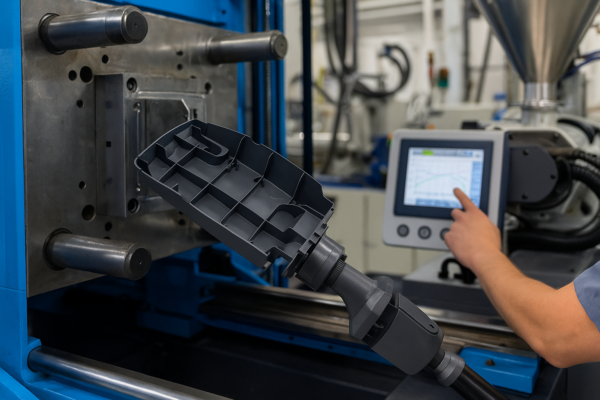Can you screw into metal without a drill?
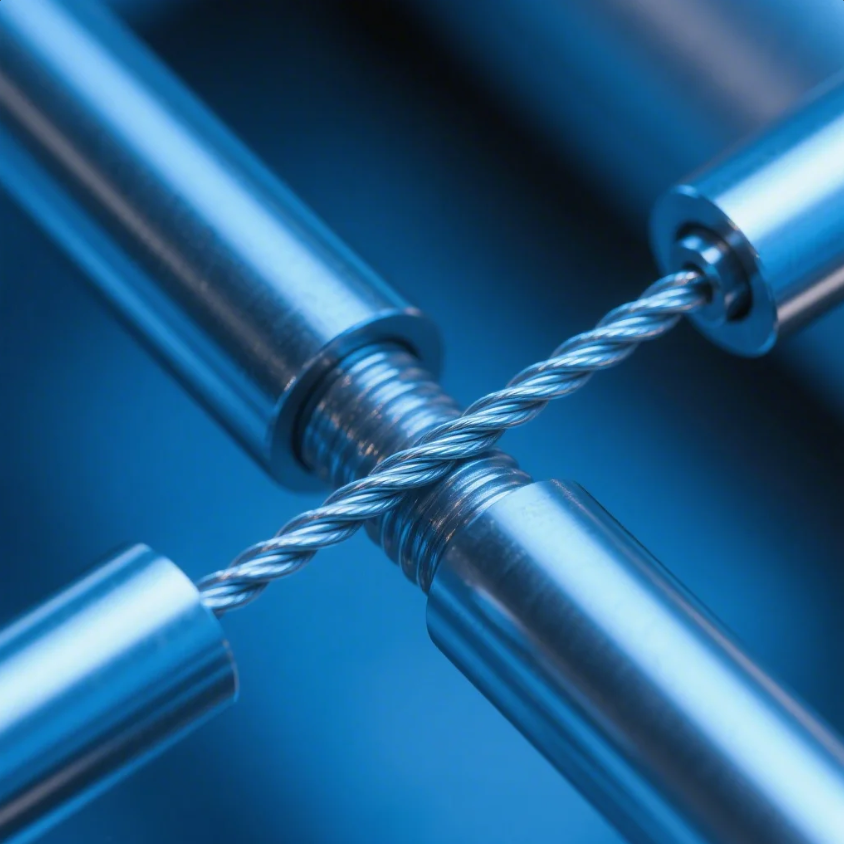
Screwing into metal can seem like a daunting task, especially if you don’t have a drill available. However, it is possible to screw into metal without using a drill by using the right fasteners and techniques. Whether you’re working with thin sheet metal or thicker steel, there are ways to fasten materials together without a power drill.
Snippet paragraph: Screwing into metal without a drill is possible using self-drilling screws, manual drivers, and the right techniques. Let’s explore how to do it.
In this article, we’ll discuss how to screw into metal without a drill, the types of screws you should use, and tips for a successful connection.
How to screw into metal without a drill?
While drilling is the most common way to create a hole for screws in metal, it’s not the only way. If you don’t have access to a drill or prefer not to use one, there are alternatives that can help you fasten screws into metal effectively.
Snippet paragraph: To screw into metal without a drill, use self-drilling screws or a manual screw driver with the appropriate technique.
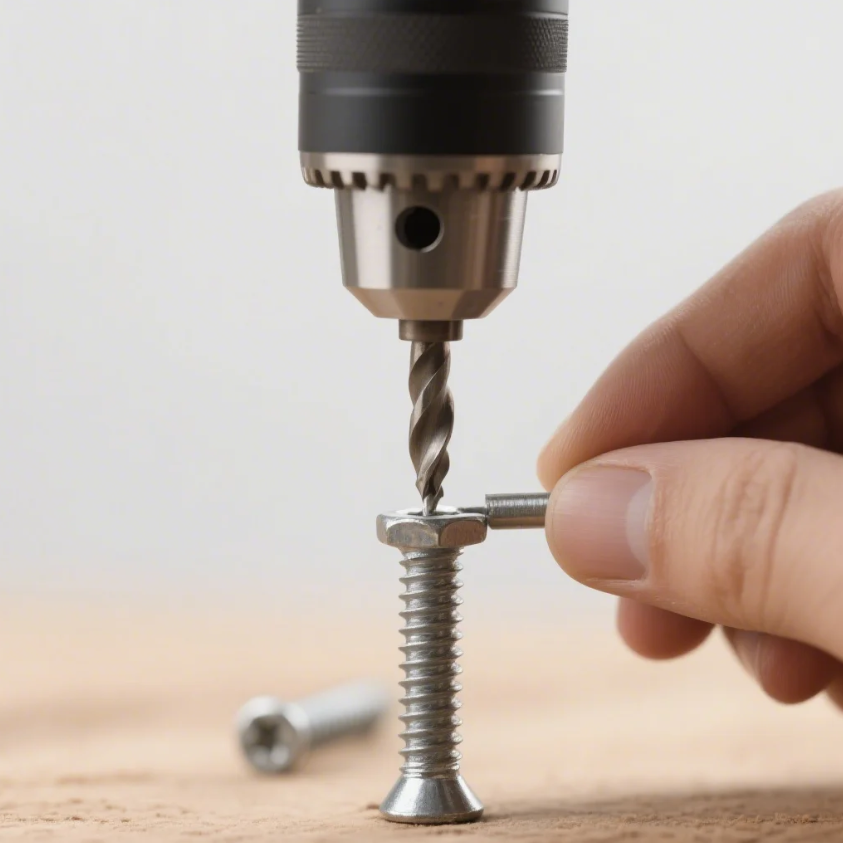
1. Use Self-Drilling Screws:
Self-drilling screws are designed specifically for screwing directly into metal without the need for a pre-drilled hole. These screws have a sharp, drill-like point that allows them to create their own hole as they are driven into the metal.
- What to Do: Simply drive the self-drilling screw directly into the metal using a manual screwdriver or a powered driver. The screw’s pointed tip will drill into the metal, creating a tight and secure hold.
- Materials: These screws work best with thin to medium gauge metal, such as sheet metal, light steel, or aluminum.
2. Manual Screwdriver or Driver:
You can use a manual screwdriver or a screwdriver driver (powered tool) to insert self-tapping or self-drilling screws into metal. While this option doesn’t require a drill, you do need to apply pressure and the right technique.
- What to Do: Use the screwdriver to drive in a self-drilling or self-tapping screw. Make sure to apply steady pressure as you turn the screw, as this will help the screw pierce the metal more easily.
- Tip: If the metal is thicker or more stubborn, you may need to use a higher torque setting on your powered driver.
3. Pre-Punching or Making an Indentation:
If you’re using a manual screwdriver and find it hard to get started, you can create an indentation on the metal’s surface. Use a punch or an awl to make a small divot where the screw will go. This will help guide the screw and prevent it from slipping.
- What to Do: Use a manual punch or a hammer and nail to create a small indentation where you want the screw to go.
- Tip: This is especially helpful with harder metals or when driving screws at a precise location.
Can you screw straight into metal?
Yes, you can screw directly into metal, but it depends on the metal’s thickness and the type of screw you’re using. For thinner metals like sheet metal, self-drilling screws are ideal, as they can cut their own threads into the material as they are driven in.
Snippet paragraph: Screwing straight into metal is possible, but it requires using the right screws and tools, such as self-drilling screws.

Considerations for Screwing into Metal:
- Metal Thickness: Thicker metals may require more force and a higher-quality screw. In some cases, you may need to use a pilot hole to guide the screw.
- Screw Type: Self-drilling screws are the best option for screwing directly into metal. However, self-tapping screws can be used in softer metals like aluminum, although you may need to pre-drill a small pilot hole.
- Tools: A manual screwdriver, a screw driver driver, or even a wrench can be used to drive screws into metal, depending on the screw type and metal thickness.
What does a self-drilling screw look like?
Self-drilling screws are easily identifiable due to their distinct design. These screws have a pointed tip with a drill-like end that allows them to create their own hole in the material.
Snippet paragraph: Self-drilling screws have a sharp point, often resembling a drill bit, making them perfect for screwing into metal without pre-drilling.
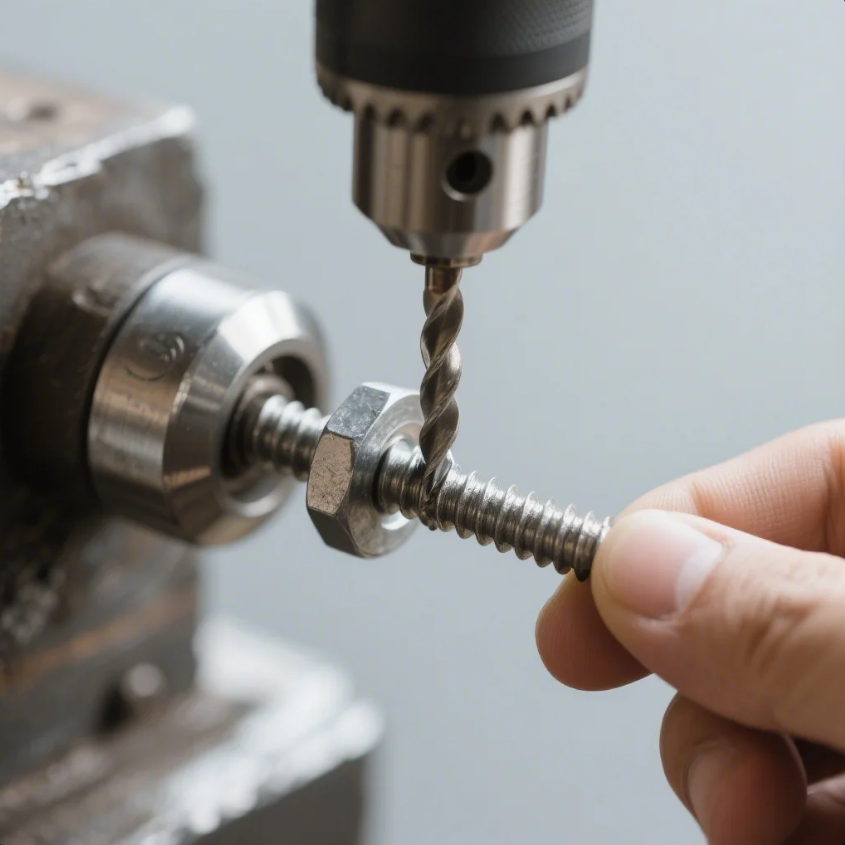
Features of Self-Drilling Screws:
- Sharp Point: The most noticeable feature of a self-drilling screw is its sharp, pointed tip. This point allows the screw to penetrate metal and create a hole as it is driven in.
- Thread Design: Self-drilling screws often have deeper, sharper threads to help hold the metal securely.
- Material: These screws are usually made from hardened steel or stainless steel to withstand the forces required to drill through metal.
When to Use Self-Drilling Screws:
- Sheet Metal: Ideal for thin metal surfaces, such as HVAC ducts or thin steel panels.
- Fastening to Wood or Plastic: While designed for metal, these screws can also be used in softer materials like wood or plastic.
What to use to screw into metal?
To screw into metal, you’ll need the appropriate screws and tools. While self-drilling screws are the most popular choice for screwing into metal without a drill, other fasteners can also be used in different scenarios.
Snippet paragraph: To screw into metal, use self-drilling or self-tapping screws with the right tools, such as a manual driver or a power tool.
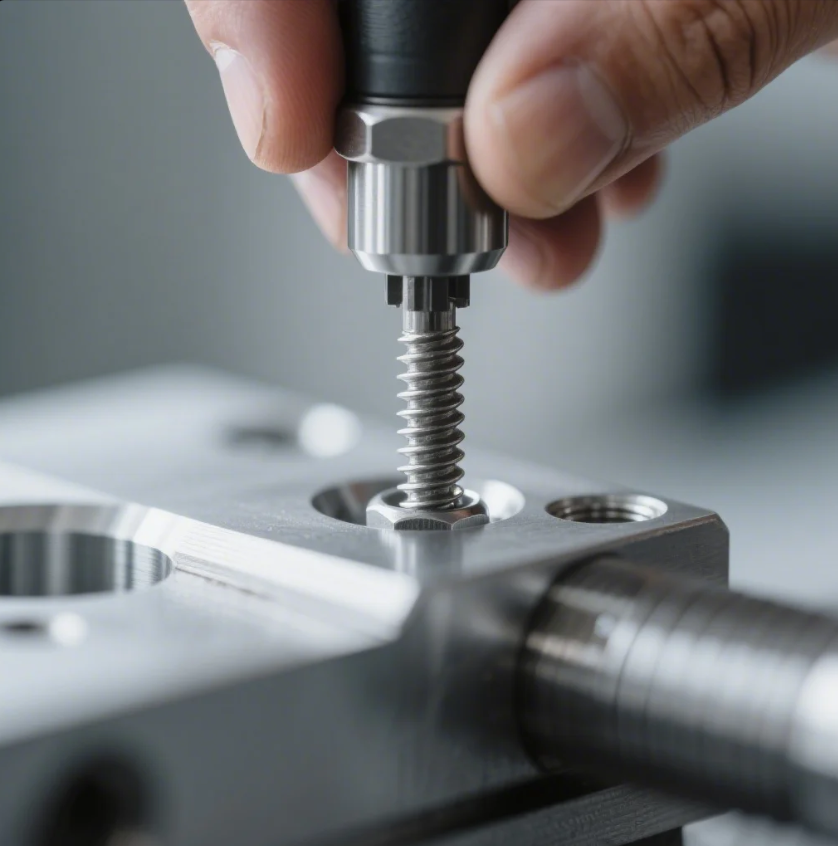
Tools and Fasteners for Screwing Into Metal:
-
Self-Drilling Screws: As mentioned earlier, these screws are perfect for screwing into metal without a pre-drilled hole. They work best on thin to medium gauge metals.
-
Self-Tapping Screws: These screws can tap their own threads into the metal. You may still need to create a small hole to start the screw, but this is often easier than using a drill.
-
Power Screwdriver or Manual Driver: A power screwdriver or drill with a screwdriver bit can help you drive screws into metal. It’s important to choose the right driver for the screw you’re using, whether it’s manual or powered.
-
Hex Key or Wrench: For bolts or screws that require nuts, you can use a wrench or a hex key to tighten them into place, especially in metal connections.
Conclusion
You can definitely screw into metal without a drill by using the right fasteners, such as self-drilling or self-tapping screws. These screws are designed to create their own hole, making them ideal for working with metal surfaces without the need for a pre-drilled hole. With the proper tools, like a manual screwdriver or a powered driver, screwing into metal becomes a much easier task.
If you’re working with thicker metals or need more precision, self-drilling screws offer a reliable solution for creating strong, lasting connections in metal.


